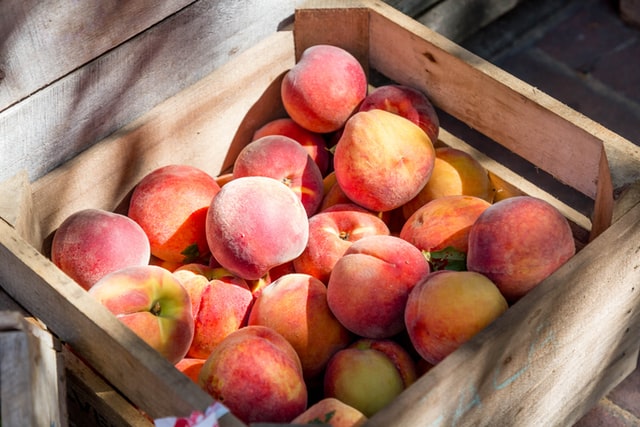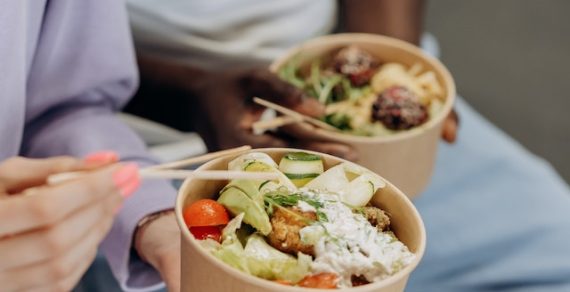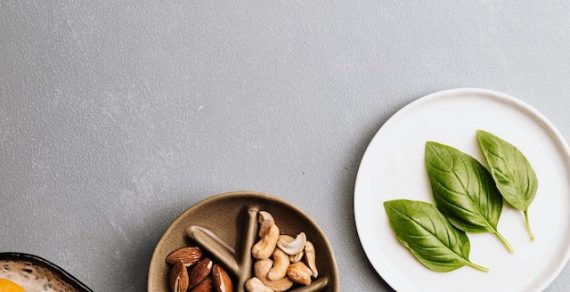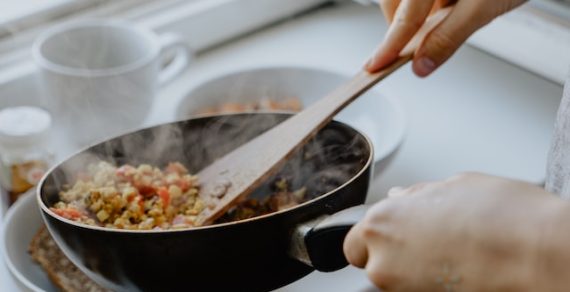Are you really trying to find the perfect food to eat? Are you one of the people who trust marketing companies and everything that they write on the labels of the food box? Look at the backside of why you need to read labels when shopping!
Do You Know?
Marketing companies and marketing agents will specifically label things and change words around to confuse the consumer into buying almost anything!
Why Do They Do This?
Because nobody cares about your health when the underlying drives images-007for the sale are PROFIT. Even though numerous companies are out there trying to sell you anything by saying it will do great things for you and your body, you have Phil to tell you what’s right and what’s awful 🙂
Just because labels are tricked out with the CORRECT eye-catching words does not mean what’s inside the package is actually a good selection for you. In order to find out if what is inside the package is good, one must turn it around and read. Now we all know most people are usually in somewhat of a rush and usually, the first and only thing that they are going to look at is the front of the box for those KEY or EYE-POPPING words.
So I’m going to teach you all to turn the box around and look at the backside and why you need to read labels when shopping!
Here are a couple of key things you should be looking for all the time

To put it plain and simple trans-fats will clog your arteries by boosting levels of bad cholesterol and in addition to clogging your arteries can contribute to too many cancers. Because of these pretty big negatives, I find it very hard to justify eating even the smallest amounts of this poison. BUT when you see a big label and in the front, it says 0 grams of trans-fats on the package they can be LYING. WHY? Because the FDA food labeling guidelines allow foods that have less than 0.5 grams of trans-fats to read 0 on the label. Even though these companies are allowed legally, so say trans-fat free, all these really small numbers can add up. SO HOW DO I TELL IF MY FOOD CONTAINS TRANS-FATS? Just look at the backside of the product and check for “partially hydrogenated” in the ingredient list. This is the red flag that means this product contains Tran’s fats.
Eating more whole grains is good but eating “multigrain” foods may not be doing the trick as well as you would like it. MULTIGRAIN means that the product is made from several different types of grain which may or may not include oats and/or whole wheat; this does mean that it may include refined grains like white flour which is NOT good for you. HOW DO I TELL BY LOOKING AT THE LABEL WHICH IS GOOD AND WHICH IS FRAUD? Look for at least 2-3 grams of fiber per serving on the nutrition panel. This is the clue that there are whole grains in the mix. You can also look for whole wheat, oats, millet, brown rice, or quinoa on the nutrition label
Added sugar- Scan the nutrition because not all sugars are bad for you. Stuff like milk or real fruit-based foods has naturally occurring sugars. A good example of this sugar dilemma is milk which will clearly say 13 grams of sugar on the label. The sugar is actually lactose which is a different type of sugar, not necessarily bad for the body. MAKE SURE WHEN YOU SEE SUGAR ON THE LABEL YOU LOOK AT THE INGREDIENT LIST. If the sugar is natural you won’t see any sweeteners in the list of ingredients. Keywords when looking for added sugar are—sugar, brown sugar, honey, molasses, fruit juice concentrate, malt syrup, corn syrup, and malt dextrin syrup. All these mean the product has sugar in it
Don’t be fooled by this one because all-natural doesn’t mean organic- it actually means nothing except this product will cost more money in the store loll. When looking for TRUE all-natural or ORGANIC look for the USDA-certified organic seal and don’t let words like “made with organic ingredients” confuse you because the whole product is not organic. Maximize your money by choosing organic whole foods or just really dig into that ingredient list and look for the KEYWORD “organic” next to everything that is listed. REMEMBER- Don’t forget about the USDA-certified organic seal of approval labels.
The sound of chemicals: Some good things just have crazy names and here is the guide to help
This is just vitamin E which is an antioxidant used to prevent whole wheat products and oils from breaking down
CALCIUM PROPIONATE- This is a preservative used in bread and rolls to prevent mold growth and calcium is safe and a beneficial mineral
CARRAGEENAN- this is just a thickening and stabilizing agent used in food like ice cream and cheese. This agent comes from seaweed
CITRIC ACID- used to control the acidity in ice cream fruit drinks- All this is, is an abundant metabolite that is naturally found in fruits and berries
AVOID:
– SODIUM NITRITE
– SACCHARIN, ASPARTAME, AND ACESULFAME-K
– CAFFEINE
– OLESTRA
– FOOD DYES




